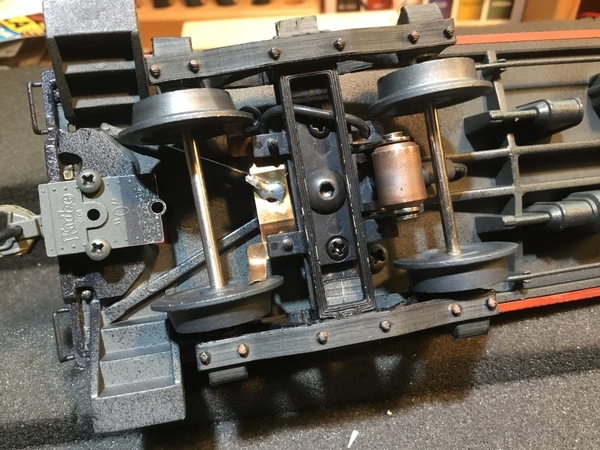Found this statement in an online search:
"While brass is valued for its malleability, phosphor bronze lends a greater hardness. As a harder metal, phosphor bronze has a higher melting point than brass. Some of the key properties of phosphor bronze are corrosion resistance, fatigue resistance, and excellent elasticity."
-----------
Personally, I'm a fan of the Tichy Phos-Bronze wire for this sort of application. Clipping/soldering a piece of wire to bridge the gap seems far less complicated than cutting forming sheet stock.
Also, my common horror of dealing with brass rail oxidation in the last mid-century of the hobby was a painful metallurgical lesson in this sort of application. For point contact situations...such as a wire contacting an axle...it doesn't take much oxidation to reduce/eliminate good conductivity. It's a real PITA, for sure! Great for attaching decorative/cosmetic parts to enhance appearance, but for point contact electrical conductivity?....
But, as always, that's nothing more than MHO...FWIW.
TEHO.
KD
















